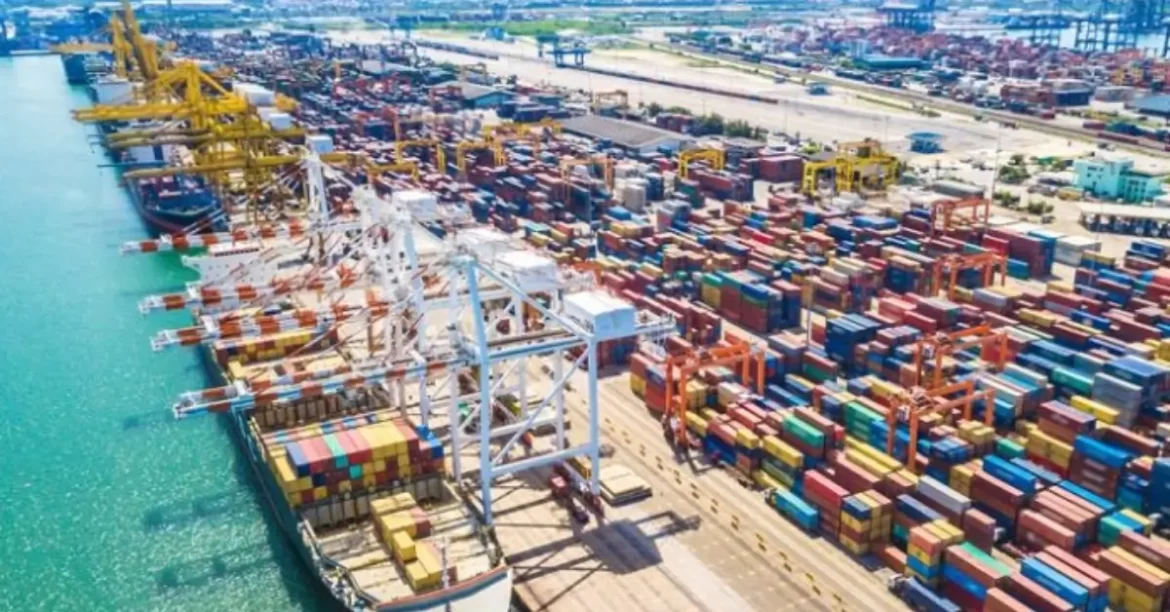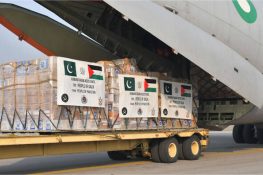Port Qasim earns global recognition
Pakistan’s Port Qasim has been ranked as the ninth fastest-growing container port in the world, according to the latest Container Port Performance Index (CPPI) 2024. The ranking, issued by an international institution that evaluated over 400 ports worldwide, marks a significant achievement for the country’s maritime sector.
The report highlights that Port Qasim achieved an extraordinary growth of 35.2 points in the last four years. Experts say this performance reflects both Pakistan’s growing capacity in sea trade and its improving global reputation as a logistics hub.
Government hails “moment of national pride”
Federal Minister for Maritime Affairs, Junaid Anwar Chaudhry, welcomed the announcement, calling it a “moment of national pride.” He attributed the success to policy reforms, modern regulations, and the adoption of digital technologies across Pakistan’s port operations.
According to the minister, initiatives such as digitisation, cargo automation, and real-time tracking systems have brought Port Qasim in line with global operational standards. He also praised DP World’s Qasim International Container Terminal (QICT) for its critical role in achieving this milestone.
“The government has approved the long-delayed dredging project, which will allow larger vessels to dock at Port Qasim,” Chaudhry said. “This will increase trade volumes and strengthen Pakistan’s position as a regional logistics hub.”
Technology and workforce drive success
Rear Admiral (Retd.) Moazzam Ilyas, Chairman of Port Qasim, said the recognition was a result of the combined efforts of Pakistan’s skilled workforce and the application of modern technology.
He explained that together, Karachi Port, Gwadar Port, and Port Qasim are forming what he called a “Maritime Triangle”. This strategic network, he said, will reduce the cost of imports and exports while attracting new streams of global investment.
“The development of Port Qasim reflects Pakistan’s ‘Vision for Maritime Prosperity’,” Ilyas noted. “It is a practical step toward positioning the country at the centre of a stable regional shipping and trade network.”
Growing role in regional trade
Pakistan’s maritime sector handles about 95 percent of the country’s external trade through its ports. Karachi Port and Port Qasim remain the busiest, while Gwadar Port—developed under the China-Pakistan Economic Corridor (CPEC)—is gradually expanding its operations.
Port Qasim alone currently handles more than 40 percent of Pakistan’s seaborne trade, including petroleum products, chemicals, edible oil, and containerised cargo. With expanded capacity, the port is expected to manage even larger volumes in coming years.
The CPPI ranking suggests that Pakistan could emerge as a competitive alternative to regional hubs such as Dubai’s Jebel Ali Port or India’s Nhava Sheva Port, particularly if infrastructure upgrades continue.
Challenges remain
Despite progress, analysts note challenges such as bureaucratic delays, customs inefficiencies, and the need for deeper integration with rail and road networks. Pakistan’s logistics performance index remains below that of regional competitors.
However, experts believe sustained reforms, including the use of digital technologies, could help the country bridge this gap. Investment in dredging, port expansion, and hinterland connectivity will be critical to ensure long-term competitiveness.
Outlook
With Port Qasim now recognised among the world’s top ten fastest-growing container ports, Pakistan has an opportunity to reposition itself on the global maritime map.
The government hopes this achievement will not only boost trade volumes but also attract foreign investors to the country’s shipping and logistics sector.
As Pakistan strengthens its “Maritime Triangle” strategy with Karachi, Gwadar, and Port Qasim, it is set to play a more influential role in regional trade routes linking the Middle East, South Asia, and beyond.















